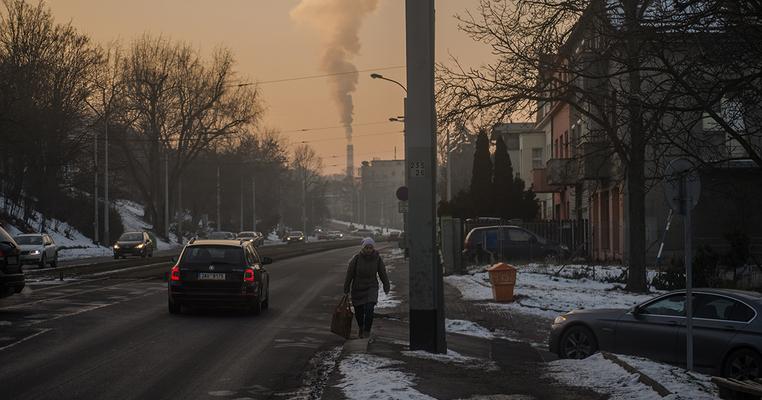
Let's Talk about Sacrifice Zones
The climate crisis does not impact all communities equally – a fact that’s been made crystal clear as too many low-income communities and people of color now face not just stronger storms and more lethal heatwaves, but compounding crises from air pollution to COVID-19.
You don’t have to look far to see environmental injustice in action. In the US, it’s there in communities living with fracking rigs in their backyards and breathing dangerous air pollution every day. It’s there in neighborhoods split by oil and gas pipelines or entire towns whose water is contaminated with lead. It’s clear: things can and must change in these places where community health is sacrificed in the name of profit.
What are sacrifice zones?
Sacrifice zones can be best described as places where fenceline communities where residents – usually low-income families and people of color – live in proximity to polluting industries or military bases that expose them to all kinds of dangerous chemicals and other environmental threats.
One well-known example of a sacrifice zone is Cancer Alley in Louisiana, a stretch of the Mississippi River between New Orleans and Baton Rouge that got the nickname because of its concentration of dangerous petrochemical facilities. One community in Cancer Alley has a risk of cancer 50 times the national average, the highest in the country. While studies and information about how dangerous this pollution is have been available for years, more and more facilities continue to open in the area.
No surprise, systemic racism plays a huge role in the geography of sacrifice zones. Research shows polluting plants are more likely to be built in areas where people of color live. The result, new studies show, is that industries responsible for 75 percent of air pollution hurt communities of color more. Tellingly, this statistic doesn’t change even across rural and urban areas or across income levels, meaning that in the US, Black and Latino Americans on average breathe in significantly more pollution than Whites.
Exposure to this kind of pollution in sacrifice zones and beyond in turn combines with other factors to deepen inequity and racial injustice. For example, during the COVID-19 pandemic, people of color have suffered disproportionately greater impacts than White Americans. Many factors contribute to this disparity, from more Black and Latino Americans holding jobs that can’t be done remotely to the health impacts of climate change that also disproportionately affect people of color – including lung disease, asthma, diabetes, and heart disease.
The bottom line here is that sacrifice zones and the pollution they expose residents to are part of the larger pattern of systemic racism and injustice we see in the US. Where, as Keeanga-Yamahtta Taylor notes in the New Yorker, “Black people are poorer, more likely to be underemployed, condemned to substandard housing, and given inferior health care because of their race.” Where Latino families earn a little over half of what White families do and have a poverty rate 2.6 times higher than Whites.
What’s the difference between fenceline communities and sacrifice zones?
Fenceline communities are communities that are next to a company, industrial, or service facility and are directly affected in some way by the facility’s operation (e.g. noise, odor, traffic, and chemical emissions). Most of those living in fenceline communities in the United States are low-income families and people of color.
What makes sacrifice zones different is that they are the geographic area that the fenceline communities live in. The sacrifice zone refers to the location the fenceline community calls home or resides in.
What can you do to help those living in sacrifice zones?
Around the United States and world, many living in sacrifice zones live with high levels of pollution and environmental degradation. But how can we help them?
As a grassroots movement for environmental justice, we have an obligation to stand up against Big Polluters and industries that are disproportionally impacting communities of color and fueling the climate crisis.
There are moments of progress though – many incredible local activists from these sacrifice zones have used their personal experiences to bring attention to this critical issue and advocate for our leaders to act. Groups like Black Millennials for Flint, RISE St. James, and CIDA Inc. are working hard to bring light to the environmental injustice happening in their communities.
What it comes down to is putting people over polluter profits. It’s really that simple. No more sacrificing human health and countless lives to build new petrochemical or power plants that will only continue to harm our communities and our planet.
Join the fight for climate justice
Want to join us in the fight for climate and environmental justice? Across the US and world, real people are facing disproportionate climate impacts – but you can learn how to advocate for change.
Our grassroots movement with more than 30,000 Climate Reality Leaders, chapter members, employees, and activists are ready to act – and you’re welcome to join us.

